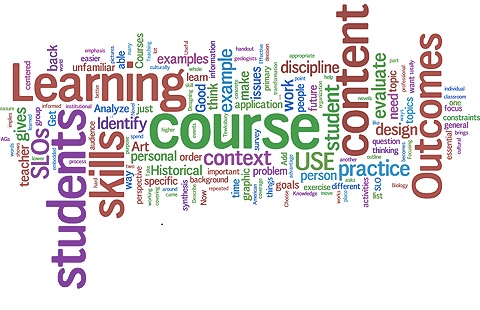|
Course Syllabus

Course Title
English Language Level 101
Course Code
ELI 101
Course Prerequisite
Cambridge Placement Test (CPT) score corresponding to beginner proficiency level and below.
Credits
There are NO credits for this course. Successful completion of ELI 101 is the prerequisite for taking ELI 102. Successful completion of ELI 102, ELI 103, and ELI 104 gives students the necessary credits to meet the Foundation Year English requirement.
Course Description
ELI 101 is a beginner course intended to provide students with a foundation from which they can advance from A1 Breakthrough to A2 Way-stage on the Common European Framework of Reference for Languages (CEFR). It is a seven-week module course with 18 hours of instruction each week.
Course Goal
The course aims at helping learners to achieve an overall English language proficiency of beginner Basic User defined as A1 level on the Common European Framework of Reference for Languages (CEFR), developing “generative language use” to interact in a simple way and ask and answer simple questions.
Learning Outcomes (LOs)
Learning Outcomes (LOs) are descriptions of what students will know or be able to do with the language as a result of instruction. The CEF Tables found in the Teachers’ Pack CD-ROM accompanying the teacher book lists the learning outcomes for this course in great detail. For convenience they are briefly summarized below.
Skills
Speaking
can make an introduction and use basic greeting and leave-taking expressions
can ask how people are and react to news
can ask people for things, and give people things
can handle numbers, quantities, cost and time
can ask and answer simple questions, initiate and respond to simple statements in areas of immediate need or on very familiar topics
can ask and answer questions about themselves and other people, where they live, people they know, things they have
can indicate time by such phrases as next week, last Friday, in November, three o’clock (Information exchange)
Listening
can follow speech which is very slow and carefully articulated, with long pauses for him/her to assimilate meaning
can understand instructions addressed carefully and slowly to him/her and follow short, simple directions
Reading
can understand very short, simple texts a single phrase at a time, picking up familiar names, words and basic phrases and rereading as required
can understand short, simple messages on postcards
can recognise familiar names, words and very basic phrases on simple notices in the most common everyday situations
can get an idea of the content of simpler informational material and short simple descriptions, especially if there is visual support
can follow short, simple written directions (e.g. to go from X to Y)
Writing
can write simple phrases and sentences about themselves and imaginary people, where they live and what they do
can write a short simple postcard
can write numbers and dates, own name, nationality, address, age, date of birth or arrival in the country, etc. such as on a hotel registration form
|